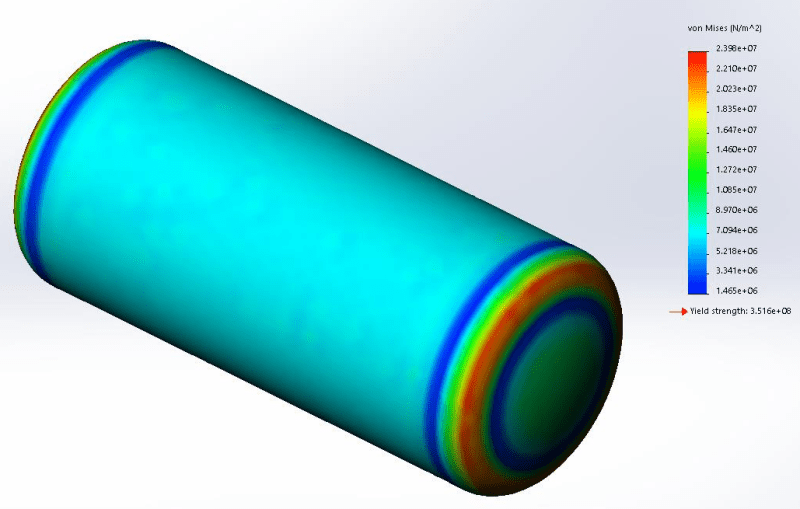I am looking for a vacuum receiver tanks, and I could not find many.
I read some online forums about ASME pressure tank code, and they do talk about external pressure stability. Can I use an ASME pressure tank as a vacuum receiver tank?
The tank is subject to go through cyclic load of vacuuming and partial purging probably 5 times a minute.
Thank you in advance
I read some online forums about ASME pressure tank code, and they do talk about external pressure stability. Can I use an ASME pressure tank as a vacuum receiver tank?
The tank is subject to go through cyclic load of vacuuming and partial purging probably 5 times a minute.
Thank you in advance

